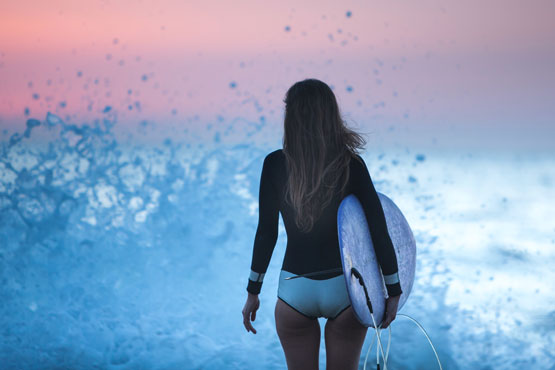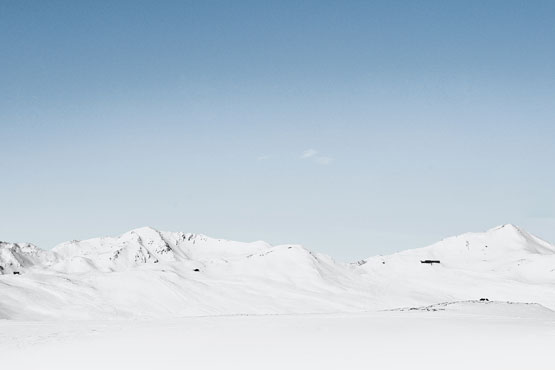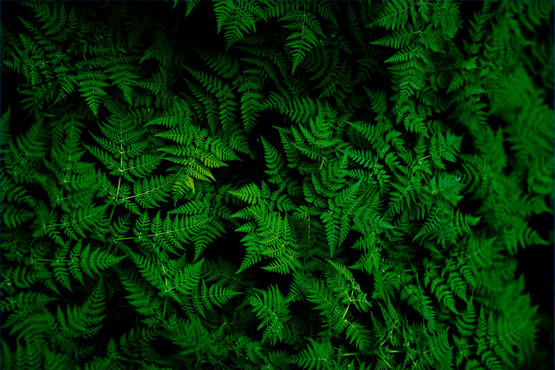
Photo Quality: How to Interpret, Understand, Evaluate, and Apply It Correctly?
Image quality is an individual concept. It depends on who the photo is intended for, what task it performs, and what it wants to convey. After all, each genre, like the client, has its own assessment criteria. In general, this is the compliance of the image with the customer’s expectations, plus technical and software nuances that cannot be ignored. Let’s sort things out in order.
What Is Quality Photography?
A photograph can be considered high quality if it:
- realistically conveys the color of the product;
- reflects its key attributes (shape, physical characteristics, texture);
- meets the technical requirements.
But is it worth striving for the absolute quality – super perfect shot? No. It only misleads buyers. In this case, it is more appropriate to talk about a suitable photograph. The search for the “best” is reflected in the price and the time it takes to complete the work, so you need to think about whether it is really necessary to have an extra quality of subject or catalog photography?
If we are talking about a large-format photo with a printout for a billboard or an advertising photo shoot, then, of course, such an aspiration is justified. But if a subject or architectural photograph is viewed on a smartphone, then no one will notice or appreciate its super quality.
Resolution Is the Deciding Factor
Usually, this is the first thing a person thinks about when they say “quality photography.” It is critical but depends on the platform’s requirements on which the snapshot will be used. The vast majority of images are captured at 300 dpi. This is the standard level for printing. It can then be compressed to 72 or 96 dpi. This is the average for digital quality. Super quality pictures up to 2400 dpi. This is the highest degree. The same can be said for the actual size of the images, known as PPI. Each platform has its own requirements for it.
In order to control what the buyer sees, it is necessary to carry out close-up photography of the subject. This will then allow you to select the desired fragment or show the texture of the object without damaging the image. But do not rely on the tools that the platform offers – they can distort and reduce quality.
- Windmill
- Girl
- Mountain
- Sky
Other Important Criteria
The aesthetic appeal is a waste of time if it does not emphasize the benefits of the photoshoot subject. In this case, other factors are paramount.
Color. It must accurately convey the natural shade of the thing. Different lighting conditions can negatively affect both the product photo and the advertising photo, so using the Color Passport is preferable. It will provide a realistic color scheme.
Consistency of style. It is essential to adhere to it if the catalog photo session is not carried out in one day but stretches over several. Therefore, subject photographs must have certain design criteria in order to maintain the same margins, sizes, and proportions.
Horizon. The offset of the X and Y axes is the first thing that indicates poor image quality (photographed or retouched).
Symmetry. Products in the frame should be perfectly symmetrical because, with a closer look, such an imbalance becomes very noticeable. And it annoys customers by making the product less attractive. Therefore, in a high-quality product photograph, both sides must match.
If these moments are overlooked, the advertising image and the catalog photo immediately lose their ability to sell first of all because the product depicted on them does not meet the expectations of potential buyers.
Illumination
You can be convinced of its correctness or incorrectness right away, even without having experience in photography. The level of illumination of a product in a subject photograph is determined by several criteria, each of which can drastically reduce the attractiveness of a product. Among them:
- high sharpness;
- overexposure;
- dullness;
- excessive flatness.
Most things are unique in characteristics and shape, so they require an individual approach – not all items are suitable for photo sessions with lightboxes. To solve this problem, it is worth sticking to the settings for different formats: flat lay, live model, ghost mannequin, or fixed full-length. This will emphasize the originality of the subject photographs and the products presented on them.
- Iceberg
- Green Leaves
- Astronaut
- Sunset
Task
The quality of the picture also depends on the goal set for it. Brand and advertising photography are always more expensive than others first because they require more money and technical resources, secondly, due to the increased time required to set up the background and select props.
But the result is worth it: you get better quality product photos. They work great as catalog shots and are effective throughout the period the product is on sale. Such images are ideal for large companies, while budget options are preferred for small firms in order to faithfully reflect the real price segment.
Harmony
It must be adhered to in the process of processing subject photographs. Do not overdo it and embellish reality. One must reliably reflect the product in order to sell it. However, it is necessary to maintain a balance: to show the features of products and not to reinvent them, demonstrating something that actually does not exist. That is, if an inexpensive product looks like a luxury one, the buyer will consider themselves cheated. The quality of the subject photos must be consistent with the status of the product being offered.
- Wind
- Jellyfish















